
Pollinators on the decline in Indiana and the United States
Indiana and the nation as a whole are still seeing some loss in honeybees. The problem is so prevalent President Barack Obama issued a memorandum directing government agencies to take additional steps to protect and restore domestic populations of pollinators, including honey bees, butterflies, native bees, birds and bats…

The Center for Pollinators in Energy
Bees, monarchs, and other critical pollinators are disappearing, and scientists agree that loss of habitat is a primary concern. Because the United States solar industry first took off in the desert Southwest, a standard practice for the land on solar sites is gravel and/or monocrop lawn grass.
That changed in 2016 when Fresh Energy, Audubon Minnesota, and the Minnesota Corn Growers worked with agricultural and business leaders to establish the nation’s first statewide standard for vegetation on solar sites…
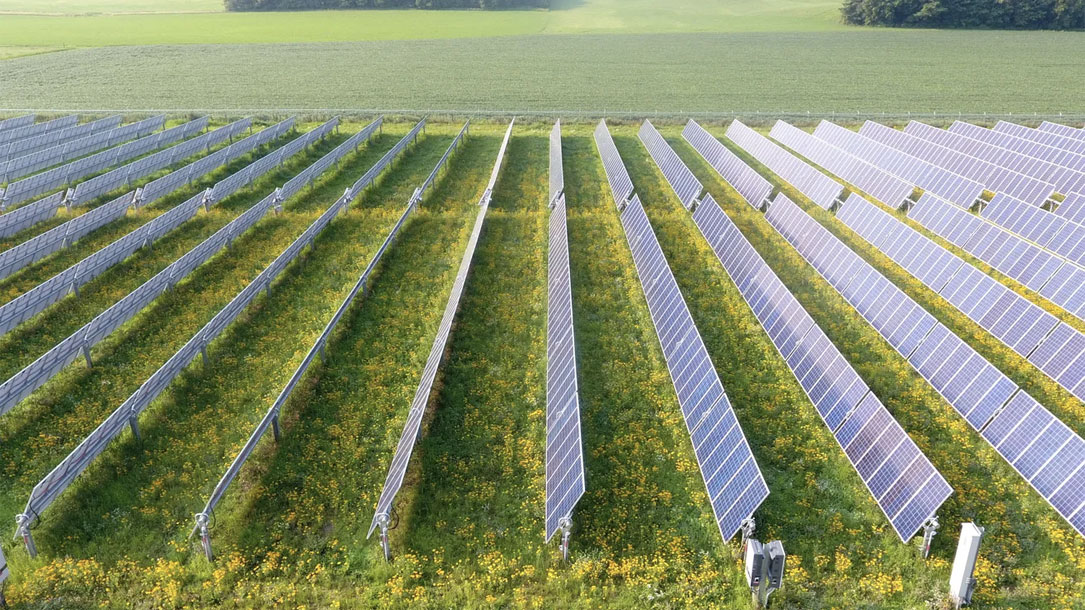
‘A magical solution’: solar developers planting flowers that could help save butterflies and bees
For more than a century, Logansport’s electricity was generated using gritty black coal. Now, its latest generating facility will feature 80 acres of solar panels, and something far more attractive—flowers.
Solar projects with habitats such as these, called pollinator-friendly solar projects, have been launched in 20 states, according to the Center for Pollinators in Energy. At least three new pollinator-friendly solar projects have been announced in Indiana this year.
Habitat loss and exposure to chemicals such as pesticides have killed off large portions of bee, butterfly, fly, and beetle populations. Numbers of honeybees, one of the most widely tracked pollinator species because of their contributions to the food supply, are falling by as much as 30 percent each winter in the U.S. and in Indiana…
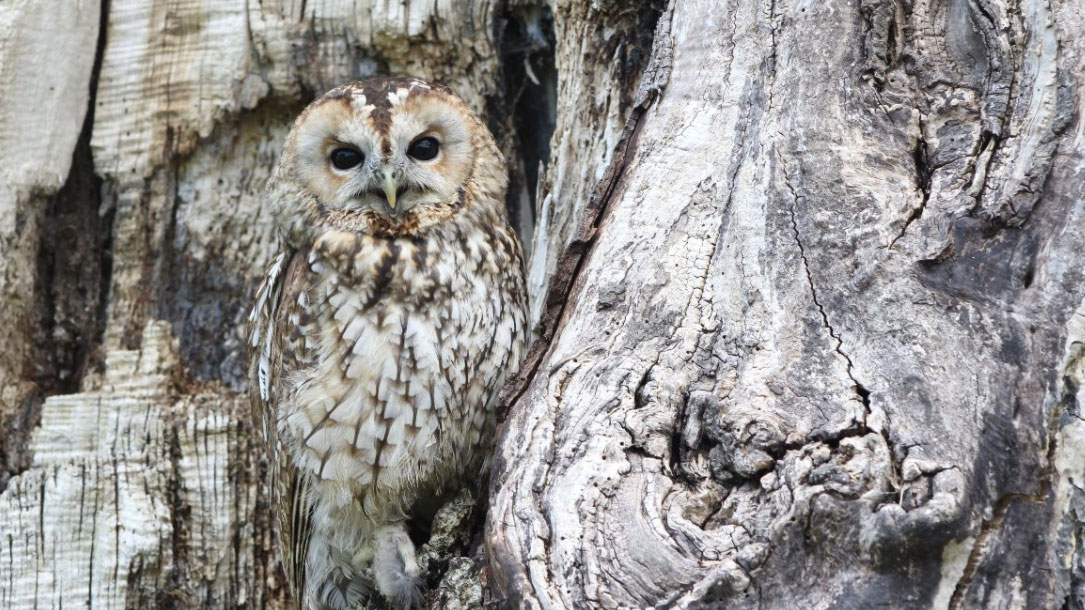
Pyrodiversity promotes avian diversity over the decade following forest fire
In this 2016 paper, UCLA ornithologist Morgan Tingley concluded that “pyrodiversity increases biodiversity.” Between 2009 and 2014 he led bird surveys across 465,000 acres of burned conifer forest in California’s Sierra Nevada and Southern Cascade mountains. The data showed that in the decade following wildfire, areas that experienced different burn severities developed into unique habitats, each with its own bird community.
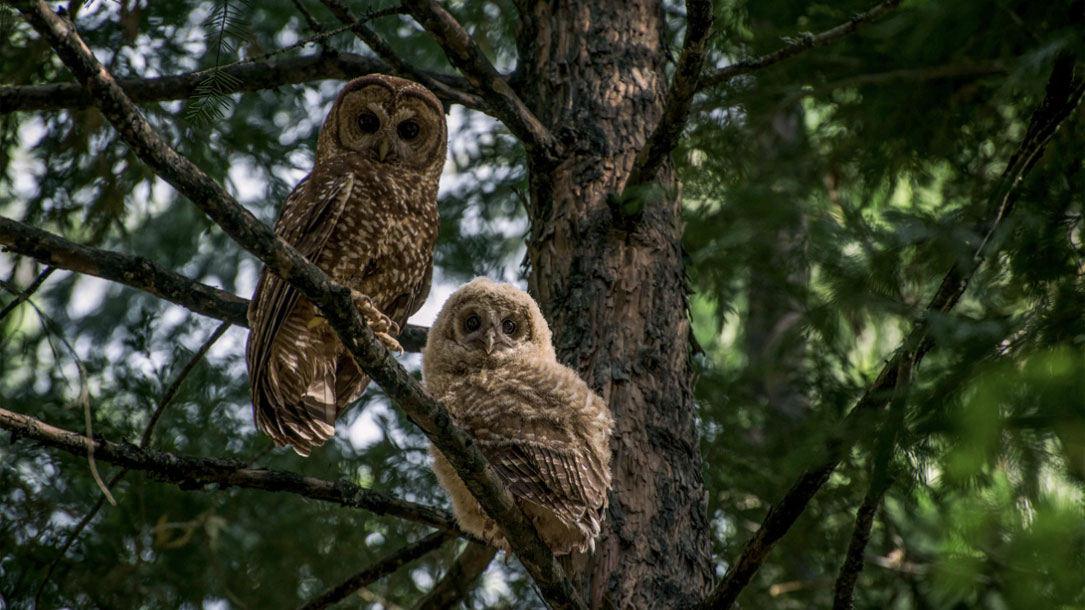
Recent ‘megafires’ imperil even fire-loving forest birds
Many birds, such as owls and woodpeckers, thrive in forest habitats created after fire. But the hotter, bigger, more destructive megafires out West might be too much even for them…
In a 2016 paper, UCLA ornithologist Morgan Tingley concluded that “pyrodiversity increases biodiversity.” Between 2009 and 2014 he led bird surveys across 465,000 acres of burned conifer forest in California’s Sierra Nevada and Southern Cascade mountains. The data showed that in the decade following wildfire, areas that experienced different burn severities developed into unique habitats, each with its own bird community.
But megafires like the King Fire have disrupted this historical cycle. Their relentless intensity often leaves less pyrodiversity. Instead they create larger areas of sheer destruction…

Climate change puts bees and flowering plants out of sync
Warmer spring temperatures are causing bees to hatch earlier, putting them out of sync with the flowers that they pollinate, a new study shows.
The researchers say the study is the first of its kind to show climate change affecting the sort of relationships between species that have evolved together over millions of years…
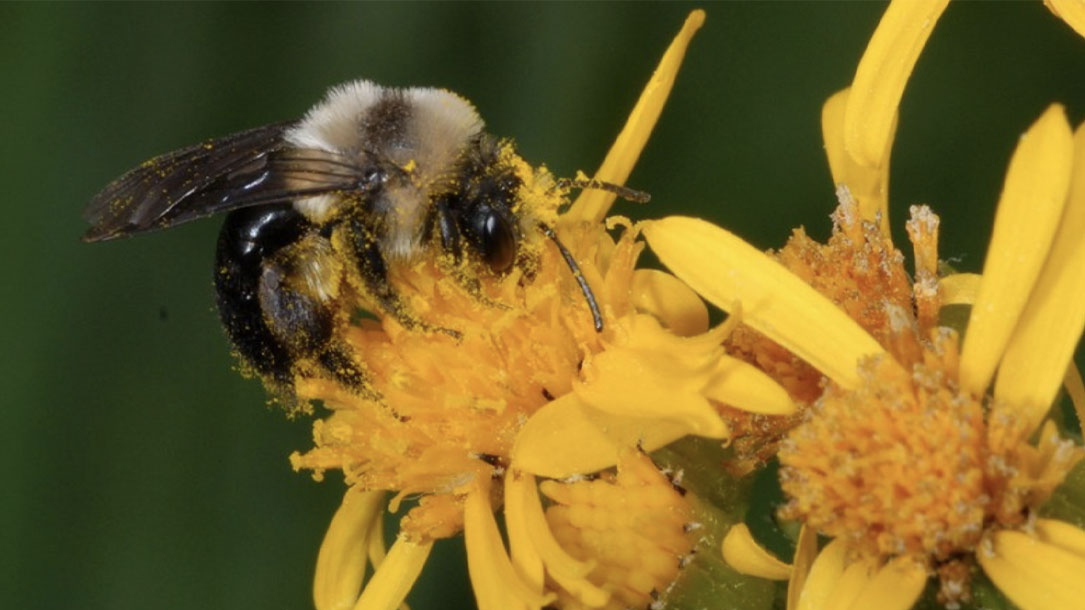
Out of sync: USU ecologists report climate change affecting bee, plant life cycles
Reporting on the first community-wide assessment of 67 bee species of the Colorado Rockies, ecologists Michael Stemkovski of Utah State University and Rebecca Irwin of North Carolina State University say “phenological mismatch,” changing timing of life cycles between bees and flowers, caused by climate change, has the potential to disrupt a mutually beneficial relationship…

Michigan opens 3.3M farmland acres to bee-friendly solar projects
Michigan Democratic Gov. Gretchen Whitmer on Monday announced an executive decision that frees up 3.3 million acres of farmland protected under the state’s Farmland and Open Space Program to solar development. Previously, the land was allowed to host wind turbines and oil and gas exploration, but solar was historically restricted because it was considered to have a larger footprint…
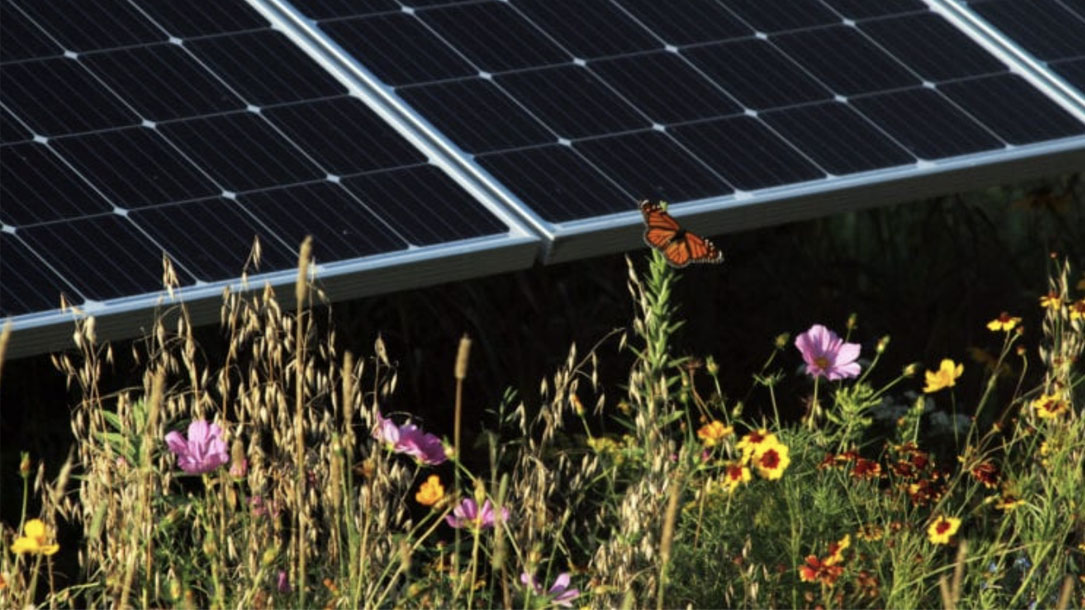
The evolution of rural solar: from panel monocrops to multiple land uses
In farming, companion planting of certain crops in close proximity can provide an array of benefits: from pest control, to flavor enhancement, to increased productivity.
The same concept can be applied to rural solar projects, which have the opportunity to integrate with other land uses, such as crops or pollinator-friendly plantings, and create win-win outcomes for rural communities…
Recognizing the increasing compatibility of solar with rural land conservation, Michigan recently amended its farmland preservation rules to allow solar development on protected farmland, provided that the solar project met the state’s pollinator-friendly standards…

URI students assess effects of beaver ponds on the environment
When beavers dam a stream, they create wetlands that provide important habitat but may also generate methane gas, one of the greenhouse gases responsible for climate change. To examine the affect these ponds have on the environment, two students have spent their summer at the University of Rhode Island conducting experiments and analyzing data.












